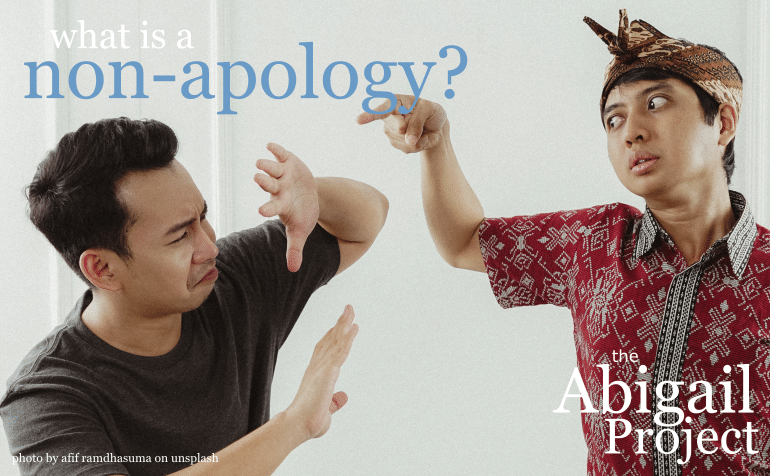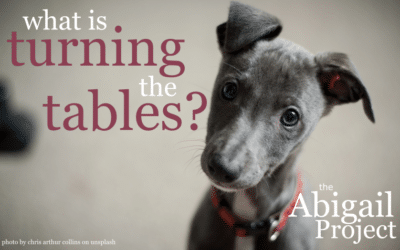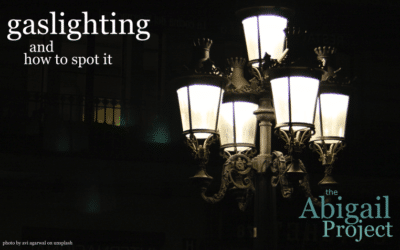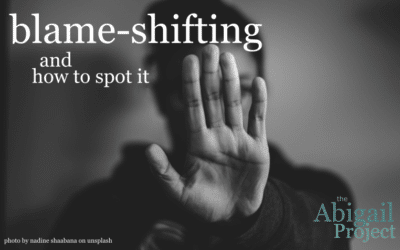Definition
Merriam-Webster tells us a non-apology is:
A disingenuous or insufficient apology: a statement that is offered as an apology but that fails to express true regret or to take responsibility for having done or said something wrong
A non-apology can take many forms and can be challenging to spot. Paying attention to wording and tone of voice can help spot the difference between a genuine apology and a non-apology. But non-apologisers can be slippery if they are dedicated to avoiding responsibility. A person who says “Sorry” in a sarcastic tone might well come back if challenged and claim,
“But I said I was sorry! What more do you want?”
So let’s have a look at how we can know when an apology is sincere and trustworthy.
What is a true apology?
If you think about the times you have truly regretted your behaviour, you might find some themes. Sincere remorse results in:
- Taking responsibility for the harm you have done
- Committing to not repeating that harm in the future
A simple scaffold
Non-apologisers can sometimes use a barrage of tactics that can be very confusing. If you check out our more in-depth look at non-apologies, you’ll see we suggest a simple scaffold to keep in mind – one that can help you keep your head clear and focus on what’s happening.
- Someone has caused harm
- Will they take responsibility?
- Will they do it again?
In a true apology, the person will acknowledge the harm they have done, without deflection.
They accept responsibility not only for their behaviour but for the consequences of that behaviour.
They will want to repair harm if possible and accept consequences like the loss of your trust. (Although if they are sincere they are likely to hope for the repair of your relationship.)
Often the big issues for a person who has been harmed are around acknowledgment of the harm, repair of the damage, and confidence that it won’t happen again.
Knowing it won’t happen again is vital in relationships if there is going to be a sense of safety and trust.
If you are the person who has caused harm, it is vital to listen to the person you’ve harmed. They are the best guide to knowing what impact you’ve had on them. You need that information – their story – to help you know what not to do again, how to repair the harm, or both.
To rebuild trust it might be sufficient just to promise not to do the thing again. But sometimes it can be helpful to commit to new behaviour:
“Next time I will set my alarm earlier”
What is a non-apology?
A non-apologiser avoids taking responsibility for what they’ve done or the harm their behaviour caused. And they don’t commit to change.
“Things were said” vs. “What I said was wrong”
“I’m sorry, I had a hard day at work” vs. “I’m sorry I yelled at you”
“I’m sorry you felt hurt” vs. “I’m sorry, what I did was hurtful”
Again the key questions are:
- Have they taken responsibility for their behaviour?
- Have they taken responsibility for the harm they caused?
- Have they committed to change?
We’ve taken a deeper look at non-apologies here, and our series on King Saul is worth exploring – Saul was a committed non-apologiser!
Making non-apologies can be a persistent feature of abuse. A skilled abuser might be quite adept at turning things around – enough even to get their victims to do the apologising. (And to feel the guilt.) We hope this quick guide can bring you greater clarity and safety.





0 Comments